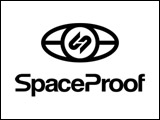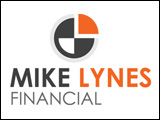Research conducted on behalf of Swine Innovation Porc suggest technology commonly used to clean up waste in other industries followed by a combination of disinfectants and heat can reduce the amount of time and water required to clean and disinfect trailers used to transport swine.
As part of a multiphase effort to automate the washing and disinfection of equipment used to transport pigs, engineers with the Prairie Agricultural Machinery Institute have been working to adapt hydrovac technology to clean swine transport vehicles, while scientists with VIDO-Intervac and the Prairie Swine Centre have been exploring physical methods for deactivating pathogens of concern.
Dr. Terry Fonstad, an Associate Professor of Civil and Geological Engineering with the University of Saskatchewan, says preliminary indications are that the floor of a double deck trailer can be cleaned using the hydrovac equipment in under 40 minutes with less than 32 gallons of water, and a disinfectant combined with a specific amount of heat for a specific amount of time will dry the trailer, desiccating any remaining pathogens.
The next phases of this would obviously be the tool development that would go on the vacuum pressure wash type of system to clean the trucks and once we have the right tools in place that we can do it manually then you just simply automate that equipment such that a robot or an arm or such like could go in and clean the trailer.
There are 3-D imaging that you can attach to that.
We’ll go take a picture of the inside of the trailer for different trailers and then clean those surfaces.
The other side of it is I do believe we still have some work to do to be able to make sure that the system that we’re proposing to treat the trailers after they’ve been cleaned is 100 percent going to make them safe.
Dr. Fonstad says at the end of that second phase, that will hopefully be done next, we would be in a position to semi automate or automate the wash system and we would have the conditions down for the design of the secondary treatment once they’re clean.



